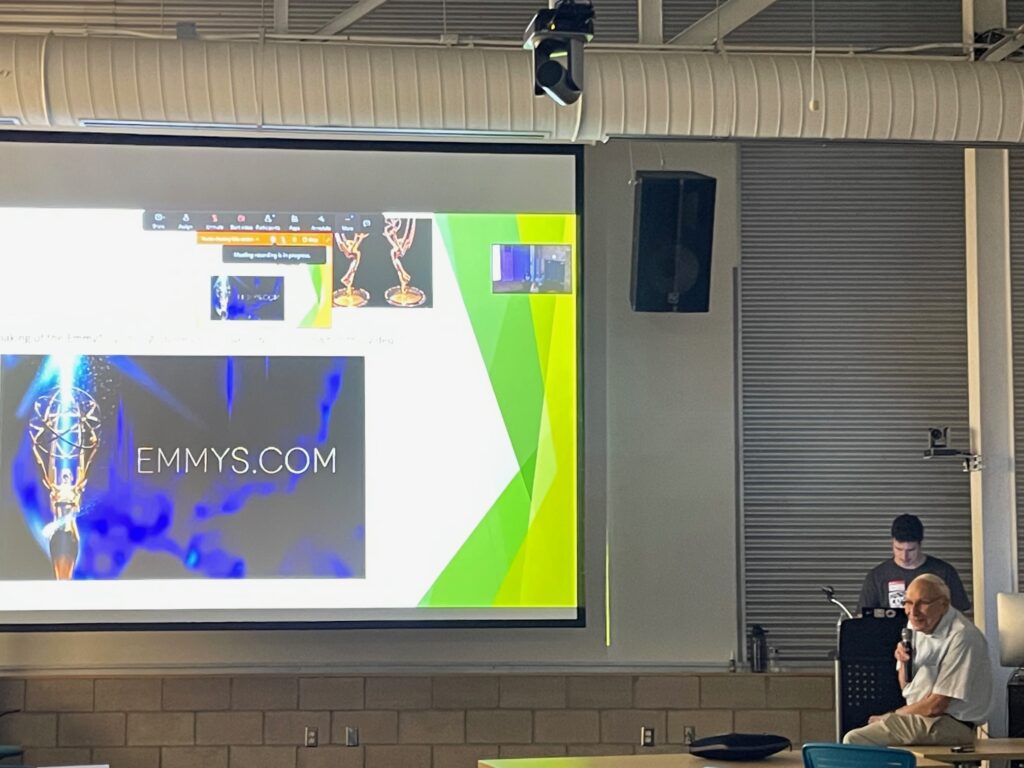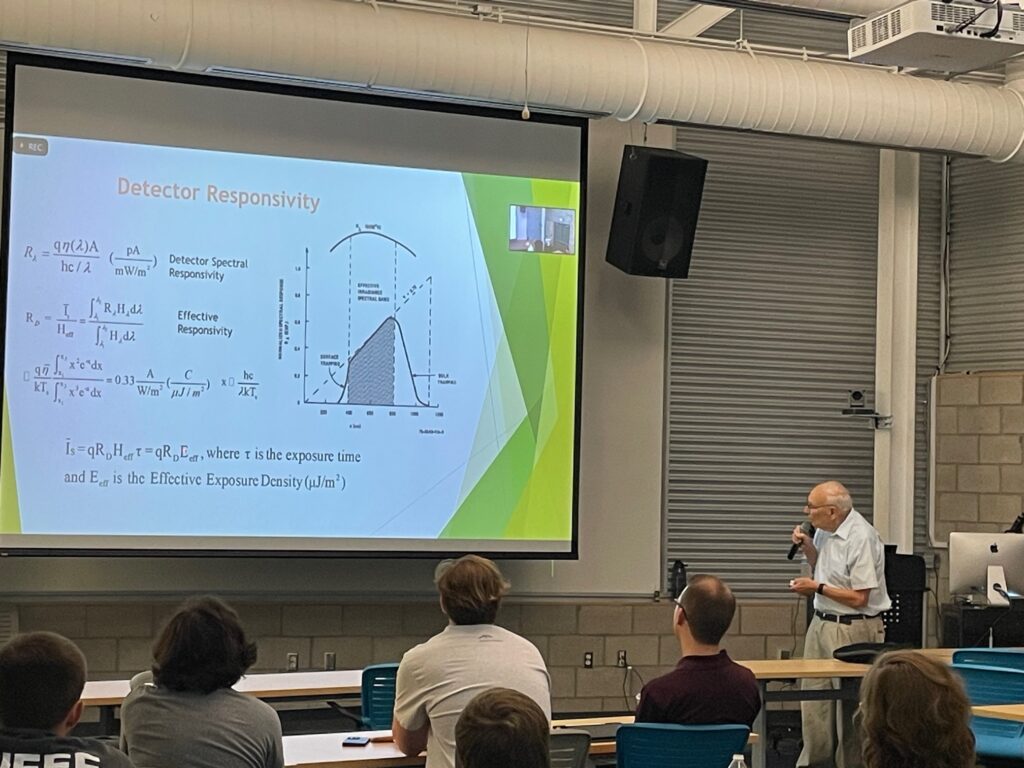CASS Outreach: Correlated Double Sampling (CDS) for Solid-State Image Sensors
 The IEEE Columbus Joint Chapter of the Solid-State Circuits and Circuits and Systems Societies is back with an exciting series of distinguished lectures. The next lecture in this series will be on Correlated Double Sampling (CDS) for Solid-State Image Sensors by Prof. Marvin H. White of the Ohio State University. This talk will be fully catered and will include around an hour of lecture as well as an additional hour for questions, discussion, and networking. For those unable to attend in-person, there will be a live-stream of the talk along with live questions-and-answers.
The IEEE Columbus Joint Chapter of the Solid-State Circuits and Circuits and Systems Societies is back with an exciting series of distinguished lectures. The next lecture in this series will be on Correlated Double Sampling (CDS) for Solid-State Image Sensors by Prof. Marvin H. White of the Ohio State University. This talk will be fully catered and will include around an hour of lecture as well as an additional hour for questions, discussion, and networking. For those unable to attend in-person, there will be a live-stream of the talk along with live questions-and-answers.
Abstract:
A signal processing technique, referred to as Correlated Double Sampling (CDS), was developed for solid-state image sensors in 1973, some 50 years ago to-date. At the time, the image sensor for a fledgling T-V industry was the electron-beam scanned image orthicon and vidicon. In my laboratory, at Westinghouse, we were building a special camera tube for Neil Armstrong to carry to the moon on the Apollo 11 Lunar Module and the attached Eagle spacecraft. Simultaneously, a group of engineers, including myself, in the same laboratory, were developing a solid-state image sensor, which would eventually replace the camera tube. A number of challenges lay ahead, primarily, removal and suppression of noise to increase dynamic range. I will describe the historical development of CDS – a ubiquitous signal processing method with applications to commercial, medical, military and scientific research.
Biography:
Dr. White is a Professor in the Electrical and Computer Engineering Department at Ohio State University and Sherman Fairchild Professor Emeritus of Electrical Engineering at Lehigh University. After receiving a B.S.E. degrees in Engineering Physics and Mathematics and M.S. degree in Physics from the University of Michigan, he worked twenty years at the Westinghouse Defense and Space Center in Baltimore, MD moving from Associate to Advisory Engineer, where he designed advanced integrated circuits for radar, sonar, communication and imaging systems. In particular, he and his colleagues developed correlated double sampling (CDS) to suppress noise in imaging systems.
While at Westinghouse, he took a leave of absence and received a PhD in Electrical Engineering at Ohio State University under Marlin O. Thurston. In 1978-79 he taught in Belgium under a Senior Fulbright Fellowship. He taught courses in Solid State Electronics in the Westinghouse School of Applied Science (1962-1966) and an Adjunct Professor of Electrical Engineering at the University of Maryland (1972-1978). In 1981, he joined the ECE department at Lehigh University as the Sherman Fairchild Professor in Electrical Engineering in the Sherman Fairchild Center for Solid-State Studies. In 1986 he was a visiting research scientist at NRL and in 1995-96 he served as Program Director at NSF. In 1998, he became Director of the Sherman Fairchild Center.
His research is in custom integrated circuits (analog, digital, RF), signal processing, solid-state imaging, sensors, SONOS nonvolatile memories, CMOS transistors, MEMS and BioMEMS, and SiC power devices. He has graduated 40 Ph.D.’s and 65 M.S. students. His teaching areas are Analysis and Design of Integrated Circuits, Advanced Sensors and Physics of Semiconductor Devices. In 2022, Dr. White won the 2021 Technology & Engineering Emmy Award for Correlated Double Sampling for Image Sensors. In the years he has been in industry and the university, Dr. White has over 300 papers with colleagues and students with 28 U.S. patents.
Resources:
Slides: Correlated Double Sampling (CDS) for Solid-State Image Sensors



